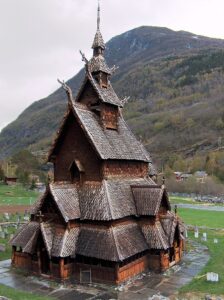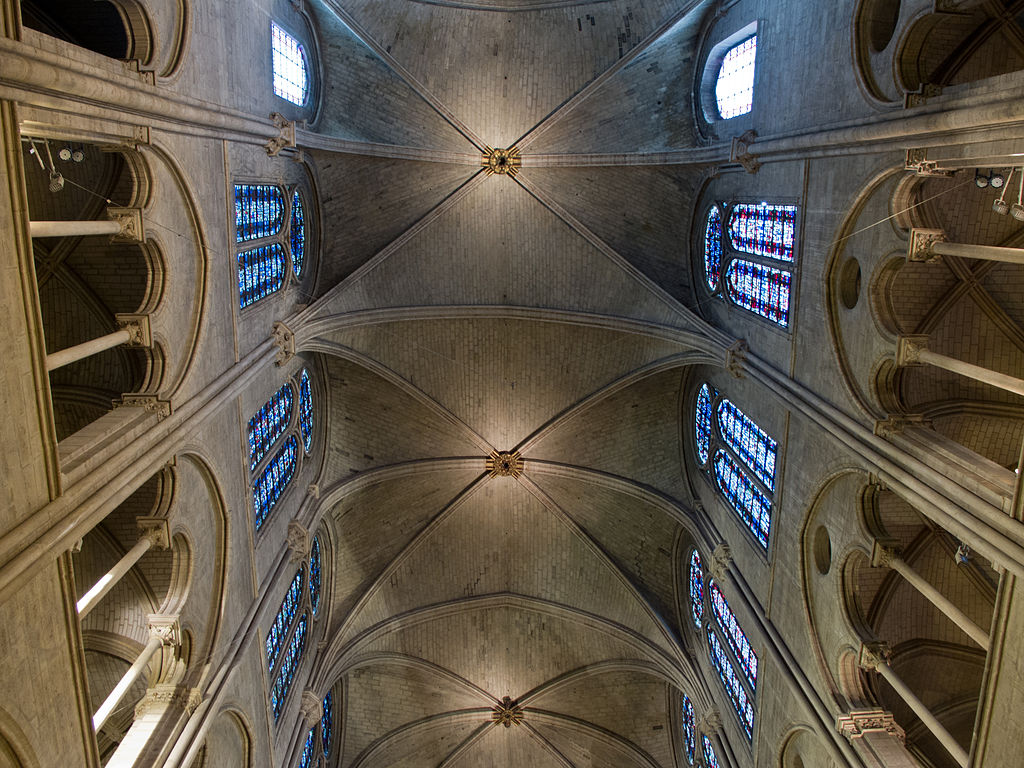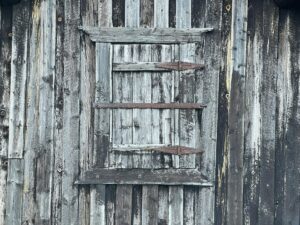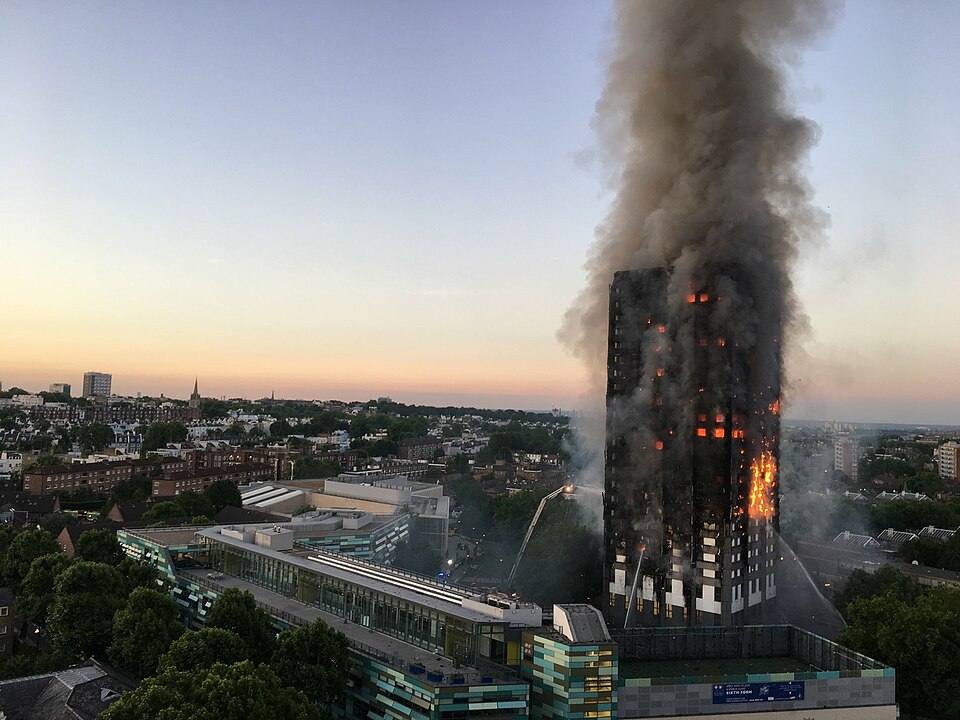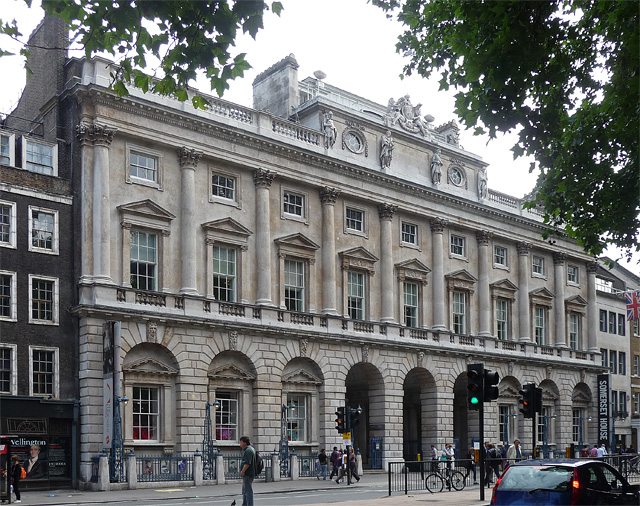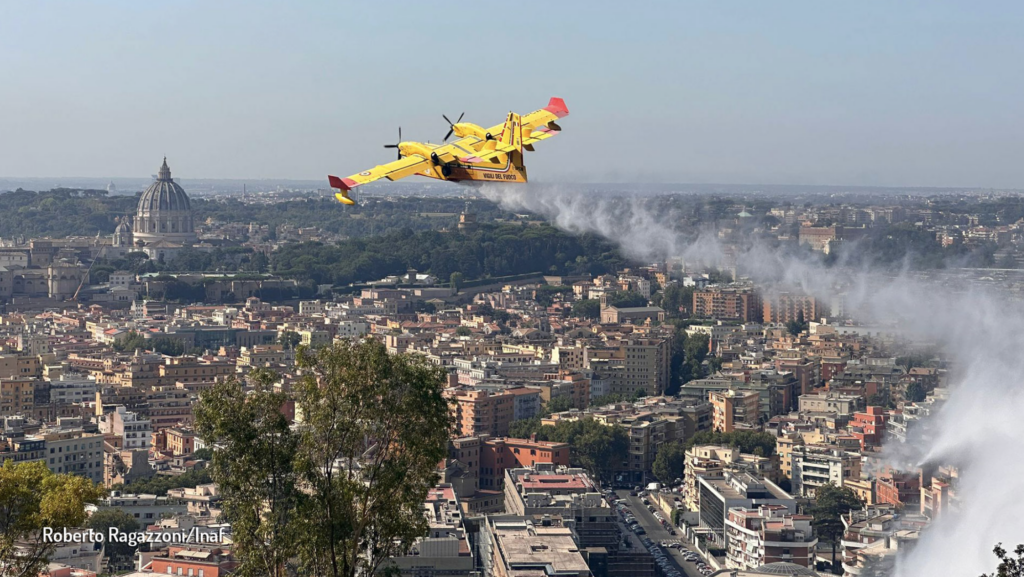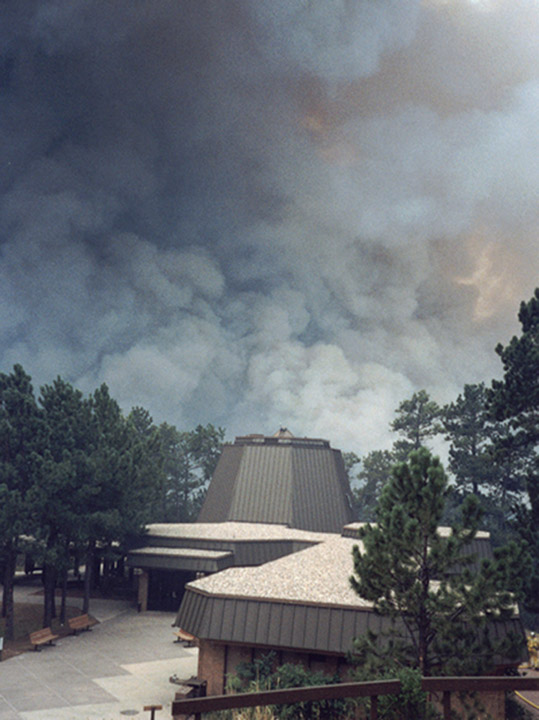Fire Safety of Historical Wood: a Workshop in Rome
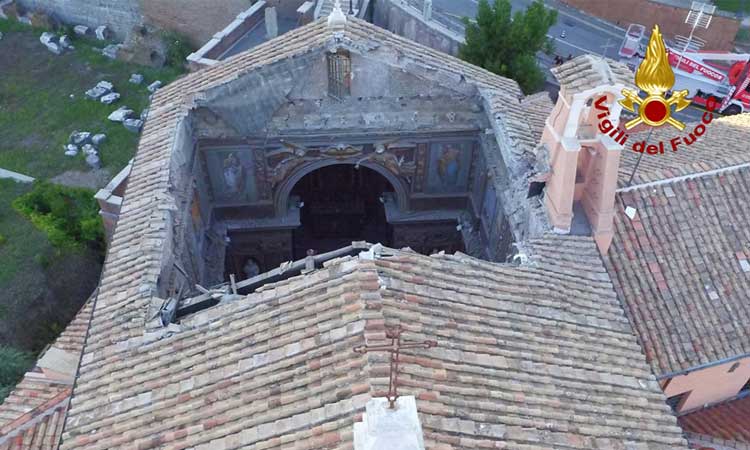
On August 30th, 2019, a large portion of the wooden roof Church of San Giuseppe dei Falegnami suddenly collapsed, damaging the interior and some of the paintings and artefacts preserved inside. The event, happened in the most historical part of Rome, has interested a sixteenth century building, whose construction had been funded by the Corporation of the Carpenters.
For such reason, inside the church there are many wooden works. Even if the causes of the collapse are still under investigation (the masonry part of the building had been restored few years before), the event can introduce the importance of a good management of wooden structures inside historical buildings, object of the meeting “Storia, Sicurezza, e Protezione delle Strutture Lignee degli Edifici Storici” (History, Security, and Protection of the Wooden Structures of Historic Buildings), held in Rome on January 22nd, 2019.
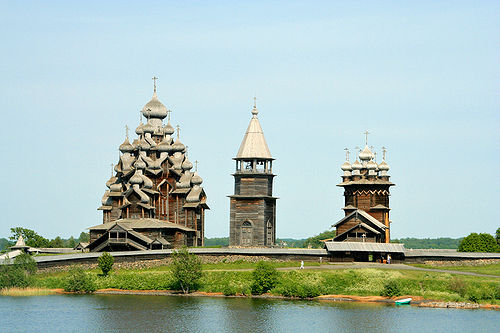
One of the consideration underlying the workshop is based on the fact that wood, if well preserved, is one of the most time resistant building materials. Several examples of historic buildings, dating back to fifteen hundreds years, show that time is not always a problem for many historical beams or pillars. The church of Kizhi Pogost in Russia (17-18th century) with 22 domes and a height of 37 meters, or the Orthodox orphanage on the island of Prinkipos (Büyükada) in Turkey (a six stories buildings that consists of 206 rooms, a kitchen, a library, a primary school and vocational workshops), show that wooden structures can reach significant dimensions.
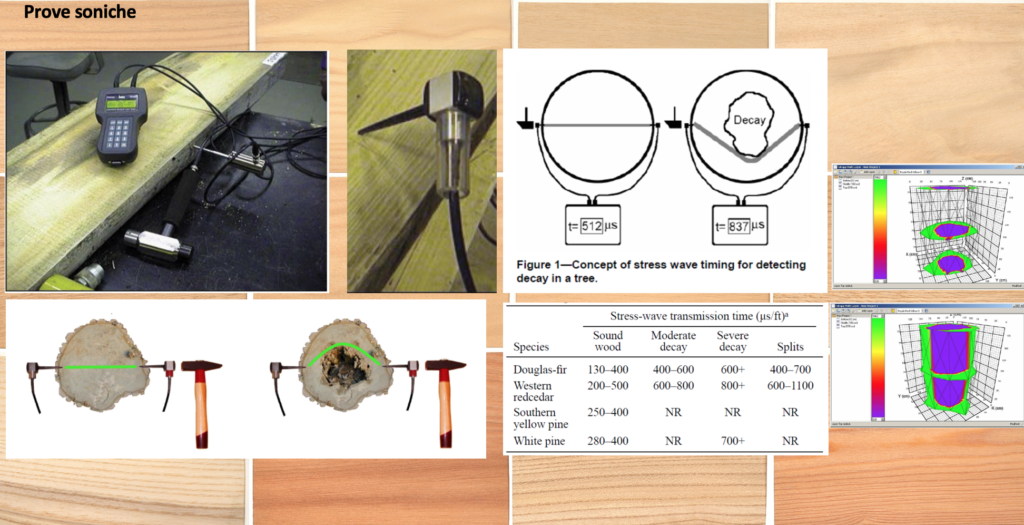
In the meeting program, a number of Italian specialists, together with Prof. Jukka Jokilheto (Special Advisor to the Director General of ICCROM) have explained i the fundamentals of maintenance of wood structures in historical buildings. Prof Augelli (Politecnico di Milano – DAStU, Observatory for conservation of wood works ) his presentation – The diagnosis for the characterization of historical wooden structures – started reminding that the general criteria of approaching the discipline can be based on the ICOMOS Charter – Principles for the Analysis, Conservation, and Structural Restoration of Architectural Heritage (2003).With specific regards to codes applicable to the specific issue then Prof. Augelli clarified that the following UNI (Italian Standard Organisation) standards should be followed:
- UNI 11161:2005–Beni Culturali-Manufatti lignei – Linee guida per la conservazione, il restauro e la manutenzione ( Cultural Heritage-Wooden artefacts Guidelines for conservation, restoration and maintenance)
- UNI 11118:2004-Beni culturali-Manufatti lignei – Criteri per l’identificazione delle specie legnose (Cultural Heritage-Wooden artefacts Load-bearing structures of buildings-In-situ inspection for the diagnosis of the elements in place)
- UNI 11119:2004 –Beni Culturali-Manufatti lignei – Strutture portanti degli edifici-Ispezione in situ per la diagnosi degli elementi in opera (Cultural Heritage-Wooden artefacts Load-bearing structures of buildings-In-situ inspection for the diagnosis of the elements in place)
- UNI 11138:2004-Beni culturali-Manufatti lignei – Strutture portanti degli edifici-Criteri per la valutazione preventiva, la progettazione e l’esecuzione di interventi (Cultural heritage – Wooden artefacts Building load-bearing structures-Criteria for preventive assessment, planning and execution of interventions)
During the seminar, the case studies of the roof of Saint Catharine Monastery on Mount Sinai and the roof of the Sana’a Mosque have showed how wood structures can stand for more than one thousand years. In both cases the problems caused by environmental conditions seem to pose a challenge to an adequate approach to the restoration and protection of the more than thousand-years-old wooden elements.

The natural durability of a wood species is defined as its intrinsic resistance to attacks by biological xylophagous organisms (fungi, insects, bacteria, marine organisms). Ms Sabrina Palanti (CNR IVALSA), researcher of the Italian National Research Council – Trees and Timber Institute, explained the classification of insects, fungi and other species that can damage wood. In her presentation, she explained how fungi feed on the cell wall components of the wood and determine a change in the physical, mechanical, chemical and wood color properties and how the total resistance in the attacked area decreases. Among the insects, the Trichoferus holosericeus, the Hylotrupes bajulus, the Anobium punctatum and the Lyctus brunneus, together with the Reticulitermes lucifugus, the Kalotermes flavicollis, the Dendrobium pertinax and the Xestobium rufovillosum revelead to be the worst enemy of wooden structures. Each of such species needs a specific protection action. For example, against the Reticulitermes lucifugus, the traditional treatment is carried out by forming a chemical barrier around the attached building to prevent the flow of the workers from the nest inside the building itself. Currently, a technology that uses anti-aging hormones in sealed cellulose baits is used.
Then, physical or chemical-physical barriers in the ground where the building have to be built. Ms Palanti then added information about the most common protection techniques as, for example, the three steps process of a) removal of the portion of wood affected by the larval galleries (Wood which is no longer a mechanical resistance); b) placing the product under pressure in a specific case (at least three holes per linear meter) and c) surface treatment by brush or spray.
The seminar proceedings (that will be published in english within few months, according the seminar organisation) should give the community interested in protecting and safeguarding historic wood structures the big picture of this specific discipline.

The last two presentations of the seminar have dealt with the approach adopted by Italian standards on electrical systems (CEI Standards) to limit fire risk to wooden structures (Michele Mazzaro) and with the theme of climate change and protection of structures in historic buildings (Stefano Marsella – H2020 STORM research project). Both speakers are National Fire Corps Officials.
